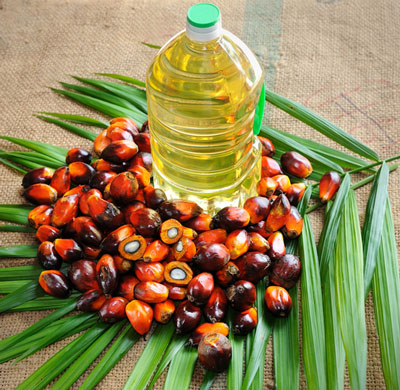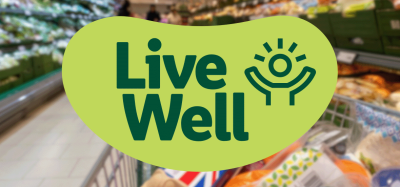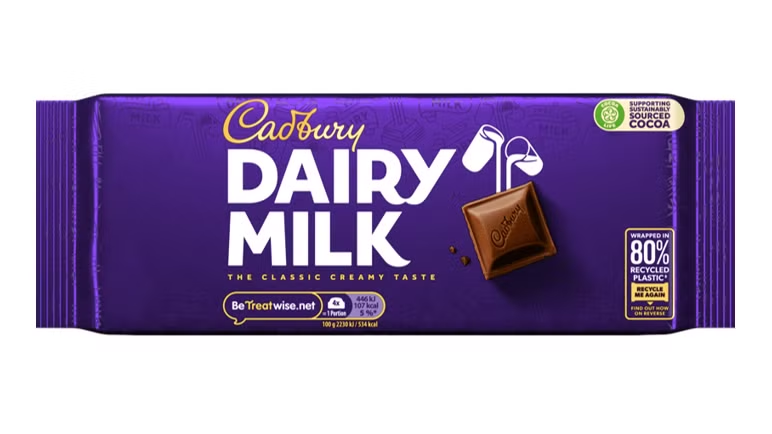Palm oil – a sustainable product?
Posted: 26 July 2016 | Stephanie Anthony, Editor New Food | 2 comments
What does ‘sustainable palm oil’ entail and is producing this oil in a sustainable manner even possible? The IIASA say it is…


Recently Cargill put new business with IOI on hold after the palm oil supplier were suspended from the Roundtable on Sustainable Palm Oil (RSPO) in April, and called on IOI to “deliver a responsible sourcing policy or a detailed sustainability implementation plan to meet our requirements.”


The RSPO has developed a set of environmental and social criteria which companies must comply with in order to produce Certified Sustainable Palm Oil (CSPO). When they are properly applied, these criteria can help to minimise the negative impact of palm oil cultivation on the environment and communities in palm oil-producing regions.
But what does ‘sustainable palm oil’ entail and is producing this oil in a sustainable manner even possible? According to a new study by the IIASA it is. The study is the first to map land suitable for palm oil production on a global scale, while taking into account environmental and climate considerations.
Palm oil, which is used for cooking and as a food additive, now accounts for about 30% of all vegetable oil used worldwide. Production of the oil has expanded massively, from six million hectares in 1990 to 16 million in 2010, an area about the size of Uruguay. Palm oil is controversial, in particular because much of this expansion came at the expense of biodiversity-rich tropical forests, which were cut to make room for new plantations. But it also contributes a lot to the local community and economy. An important share of palm oil producers are small-holder farmers who rely on the commodity as their primary income.
Palm oil is a popular product, especially in Asia, and demand is only continuing to grow, but “there is room to expand palm oil production and to do it in a sustainable way,” says Johannes Pirker, the IIASA researcher who led the study.
The recent study states that land used for palm oil production could be nearly doubled without expanding into protected or high-biodiversity forests. They identified 19.3 million hectares of very suitable land which could potentially be available for future production.
The overall message is that expansion is possible but new, and current, palm oil suppliers must take into account the area that they choose, and try as much as possible to reduce their impact on the environment.










Good article. Thanks. And great to hear there is alternative land available. The difficulty is getting these growers to move their entire operations to these lands and how feasible that will be. Definitely no short term solution. Also RSPO certified palm oil is no guarantee that what you’re buying is in fact sustainable (see here: https://www.sustainablejungle.com/sustainable/palm-oil-free/ and here: https://www.sustainablejungle.com/sustainable/sustainable-palm-oil-solution/ ). As Michelle mentioned above it should be verified against POIG and also all manufactures should ideally source RSPO’s Segregated or Identity Preserved palm oil to ensure there is mixing and one can trace the entire supply chain back to the sustainable growers plantation.
To demonstrate truly responsible palm oil, companies need to not only become RSPO-certified, but should be verified against the Palm Oil Innovation Group Charter. Consumers need to demand deforestation-free, peat-free, conflict-free Certified Sustainable Palm Oil.
See: http://www.poig.org